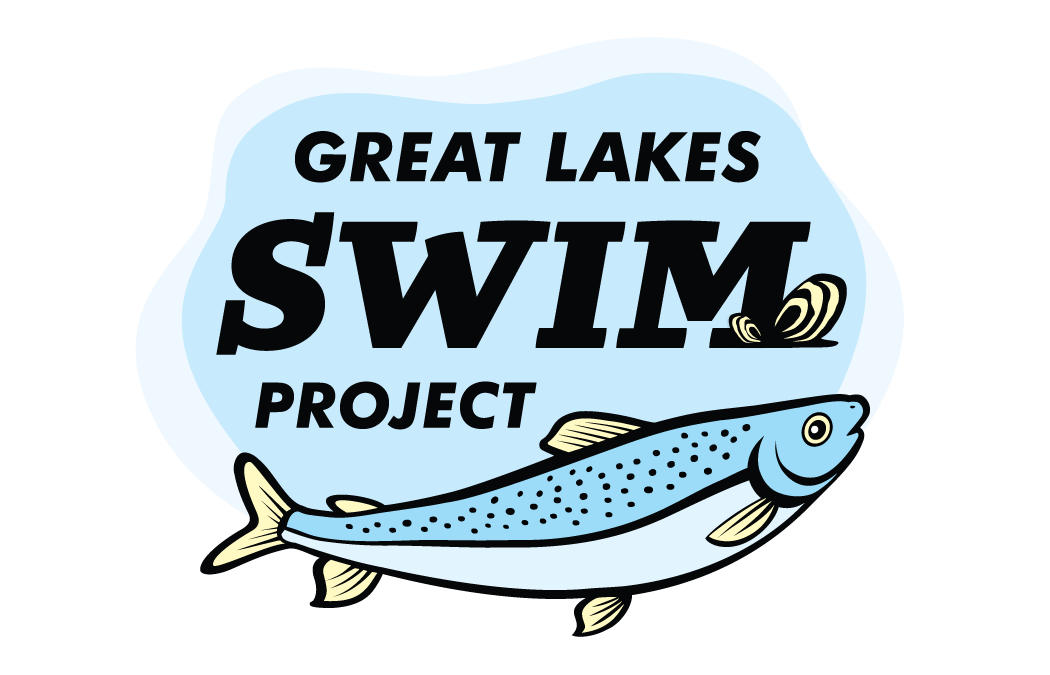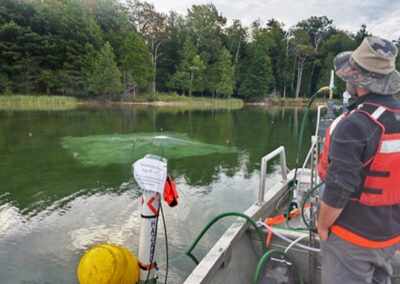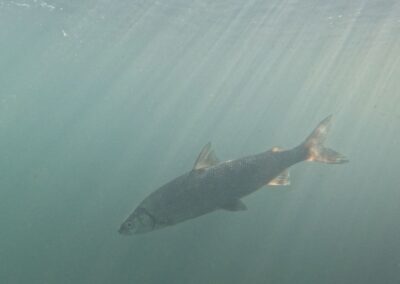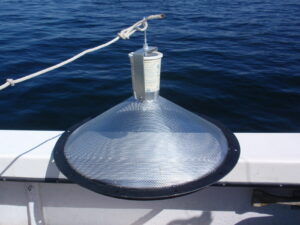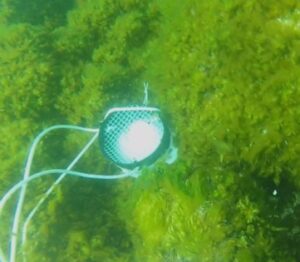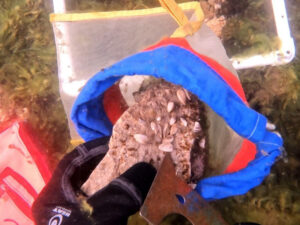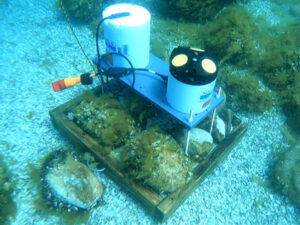Great Lakes Spawning Whitefish and Invasive Mussels (SWIM) Project
Implementation Teams
.
Mussel Control Implementation Team
The control team is tasked with selecting a tool that will effectively kill invasive mussels and can be scaled up to treat a sizeable are on the selected fish spawning reefs in Lake Michigan and Lake Huron. In addition to effectiveness and scalability, the team will also consider safety to native organisms, cost, and permitting requirements of the control method. Previous invasive mussel control projects have been conducted in Lake Michigan comparing the effectiveness of hand-removal, benthic mats, and application of the biopesticide Zequanox under a benthic mat. Pilot studies are also being conducted to evaluate the use of carbon dioxide infusion under a benthic mat. Results of past and ongoing research will be used to select control tools for testing in the Great Lakes on a small-scale in 2025 and then scaled up for a larger removal effort in 2026.
Benthic mats are placed on top of invasive mussels to cause suffocation (anoxia). The control team is testing different types of mat materials to compare their ease of deployment and effectiveness for killing mussels. Mats can also be used to isolate and contain mussel control agents such as carbon dioxide and Zequanox. The control team is exploring mat designs that could be scaled up for treating large areas with one of these control agents.
Lake Whitefish Adult Behavior Implementation Team
The adult behavior implementation team is investigating the movements and spawning behavior of adult lake whitefish on and around reefs of interest during the spawning season. Fish movements are tracked using acoustic telemetry technology, which uses acoustic receivers, or listening devices, to record the locations of fish implanted with acoustic tags. Movement data will be used to evaluate where lake whitefish might be spawning, how adult lake whitefish use the spawning reefs before and after invasive mussel control measures, and how behavior changes following mussel control.
Lake Whitefish Egg Deposition and Larval Emergence Implementation Team
Lake whitefish typically deposit eggs over rocky shoals in the late fall and larval whitefish emerge shortly after ice-out the following spring. Over the last two decades, survival and recruitment of young whitefish to valuable local fisheries has declined coincident with ecosystem changes including population expansion of invasive mussels. The specific mechanisms causing poor survival of young whitefish remains uncertain. However, potential mechanisms may include invasive mussel interference with adult whitefish egg deposition or reduced survival of whitefish eggs following deposition.
Research staff from Michigan DNR and the University of Vermont will collect eggs and larvae of lake whitefish at Red Shoals, Good Harbor Bay, Lake Michigan, and at a series of artificial reefs in Thunder Bay, Lake Huron. The researchers will use gangs of egg collection traps deployed in November-December to measure egg deposition rates over these known spawning areas. Subsequent collection of emerging whitefish larvae will be performed in the early spring using emergence traps to measure egg survival. After two seasons of egg deposition and larval emergence data have been collected, experimental removal of invasive mussels will occur over a portion of each study area. An additional two seasons of post-mussel removal egg deposition and larval emergence data will be collected to assess mussel-related effects on whitefish egg deposition and survival.
Habitat Mapping Implementation Team
The character and quality of lakebed habitats are thought to be important determinants of lake whitefish spawning site selection and larval production. The habitat mapping team is using cutting edge mapping technologies to create high resolution maps of lakebed habitats. Multibeam echosounders are being used to produce high-resolution (less than 1 meter resolution) bathymetry and bottom type maps. Autonomous underwater vehicles (AUVs)–underwater robots–are being used to collect sub-millimeter resolution pictures of the bottom, which are interpreted using artificial intelligence approaches for bottom type, invasive mussel densities, and other characteristics of the bottom used by lake whitefish for spawning and rearing. The data collected by the habitat mapping team will be used by SWIM collaborators to design their sampling efforts and to understand the role that habitat and mussels play in affecting lake whitefish productivity.
Nutrients, Mussels and Algae Implementation Team
The nutrients, mussels, and algae implementation team will be assessing the direct effects of experimental mussel treatments on local invasive mussel populations. Scuba divers directly observe the lake bottom and collect mussels from measurement quadrats, reaching invasive mussels in all the nooks and crannies of rocks, so that they can be identified, counted, measured, and weighed in the lab. This will allow us to assess the overall population, the health of the mussels, and whether mussels observed after treatment are survivors or new recruits to the area. We will also be assessing several factors that are affected by invasive mussels and have the potential to affect fish behavior and egg survival: benthic algal growth, the amount of open space between rocks (interstitial space), bottom and interstitial water chemistry, water movement, dissolved oxygen, and the amount of open space between rocks. Again, this sampling will leverage scuba divers’ ability to interact with the substrate for sample collection. It will also use instruments and cameras moored at the bottom of the lake to collect data over winter and at other times when we cannot sample directly. Finally, we will be assessing the population of invasive Round Goby in the treatment and reference areas. Round Goby predation is thought to, potentially, reduce invasive mussel recolonization by selectively eating small mussels. However, it is not known if Round Gobies will abandon treated areas if there are not enough invasive mussels to eat.
.
.
.
.

